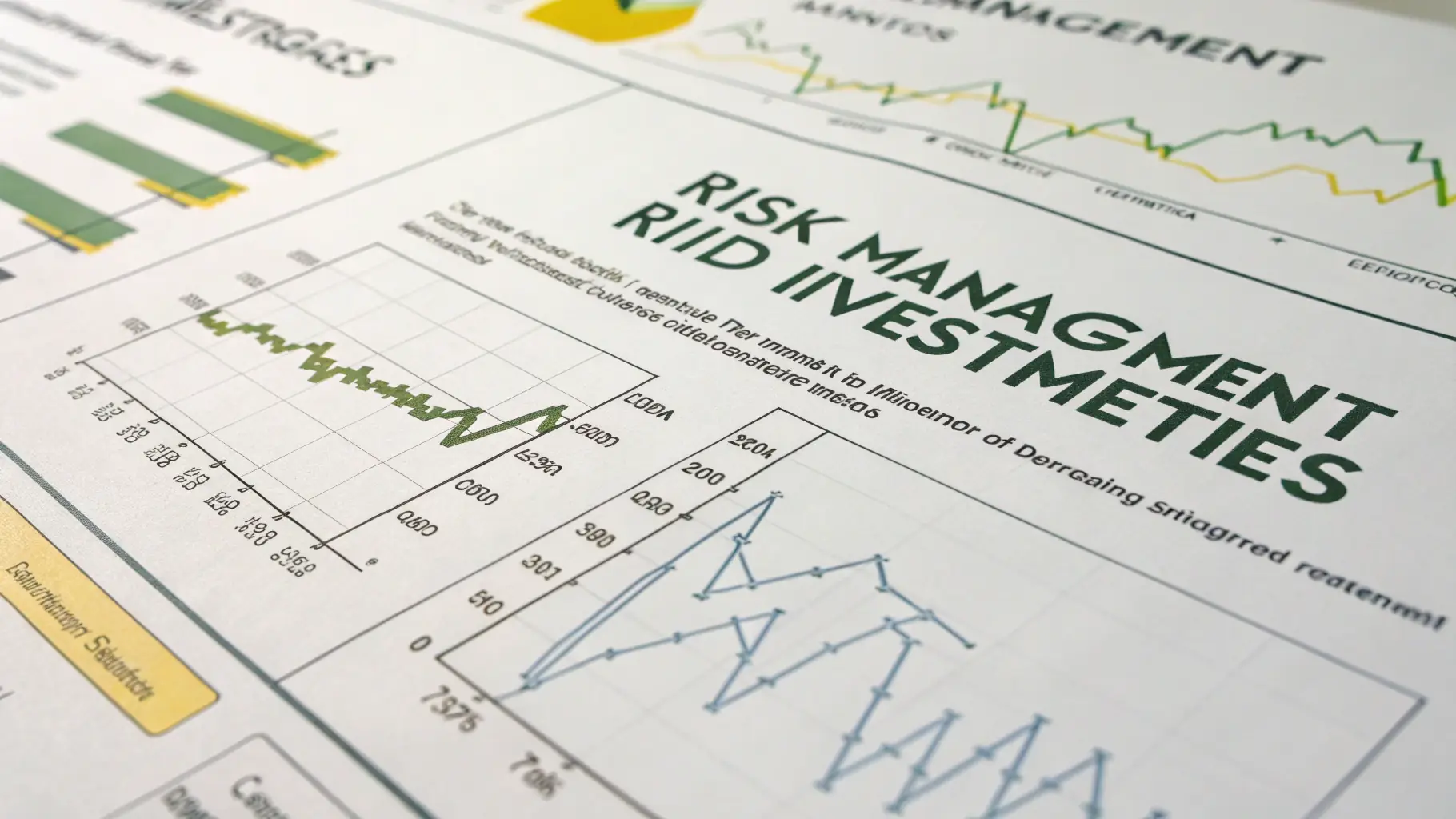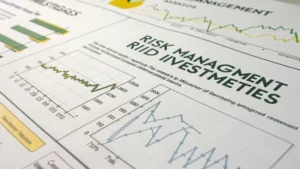Effective risk management is crucial for navigating the complexities of the stock market, especially in a dynamic environment like 2025. Investors need to understand and implement strategies to mitigate potential losses. Diversification is a key component of any robust risk management plan. Furthermore, understanding the correlation between different asset classes is essential for creating a balanced portfolio. Implementing stop-loss orders and setting realistic profit targets are essential for managing risk. These strategies help to limit potential losses and secure profits. Furthermore, continuous monitoring of market trends and adjusting investment strategies accordingly is crucial. Regular portfolio reviews and adjustments are vital for long-term success. Understanding the different types of risk, such as systematic and unsystematic risk, is essential for developing effective risk management strategies. Furthermore, incorporating scenario planning into investment strategies can help investors prepare for various market conditions. Finally, staying informed about market news and economic indicators is crucial for making informed decisions and adapting to changing market dynamics.
Secular Trends Shaping the 2025 Stock Market
This article examines the long-term trends influencing the stock market in 2025, including technological advancements




